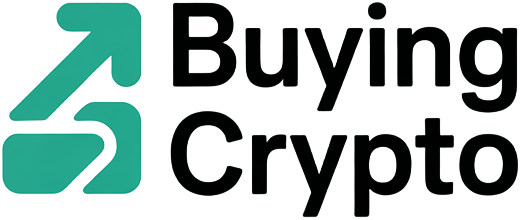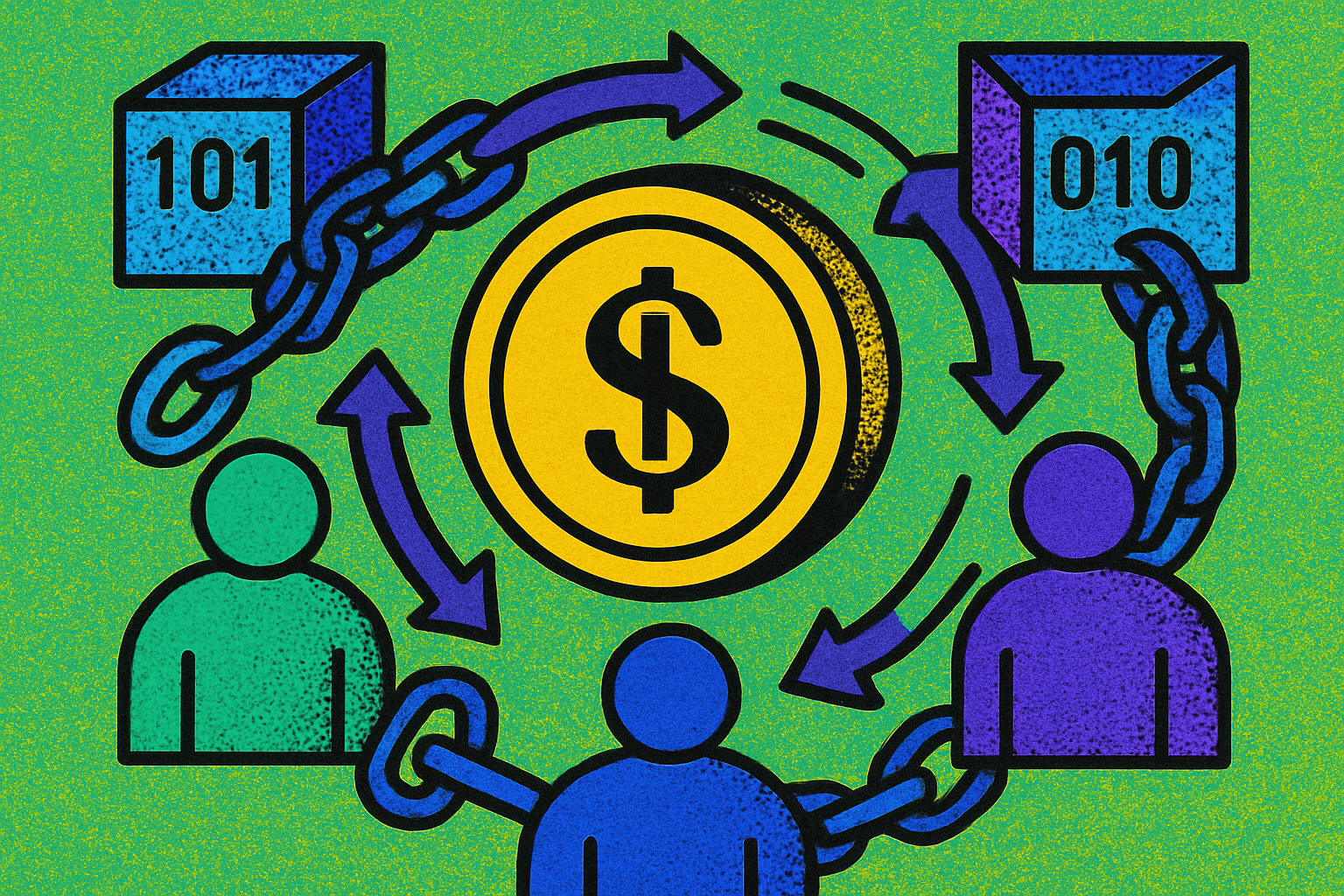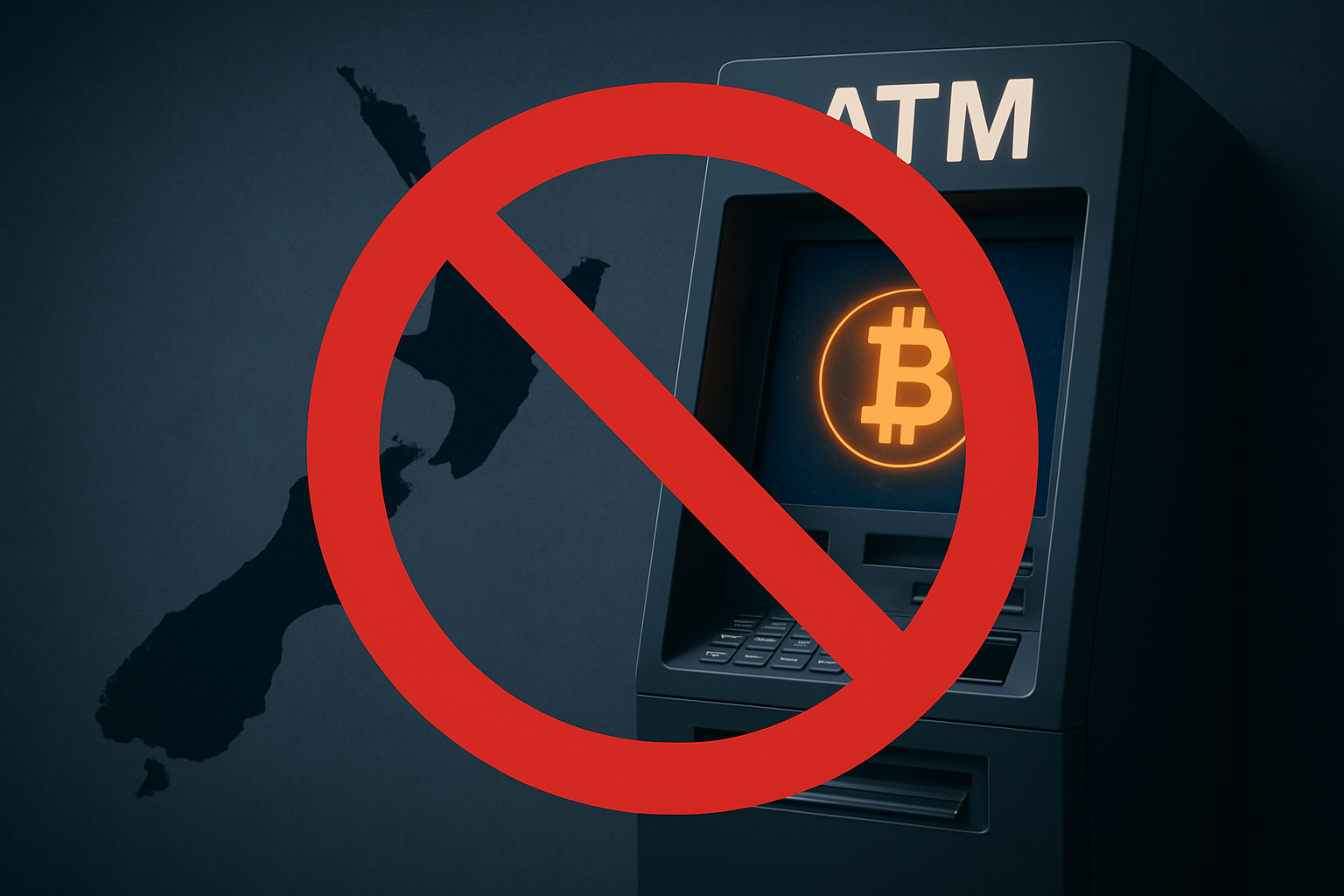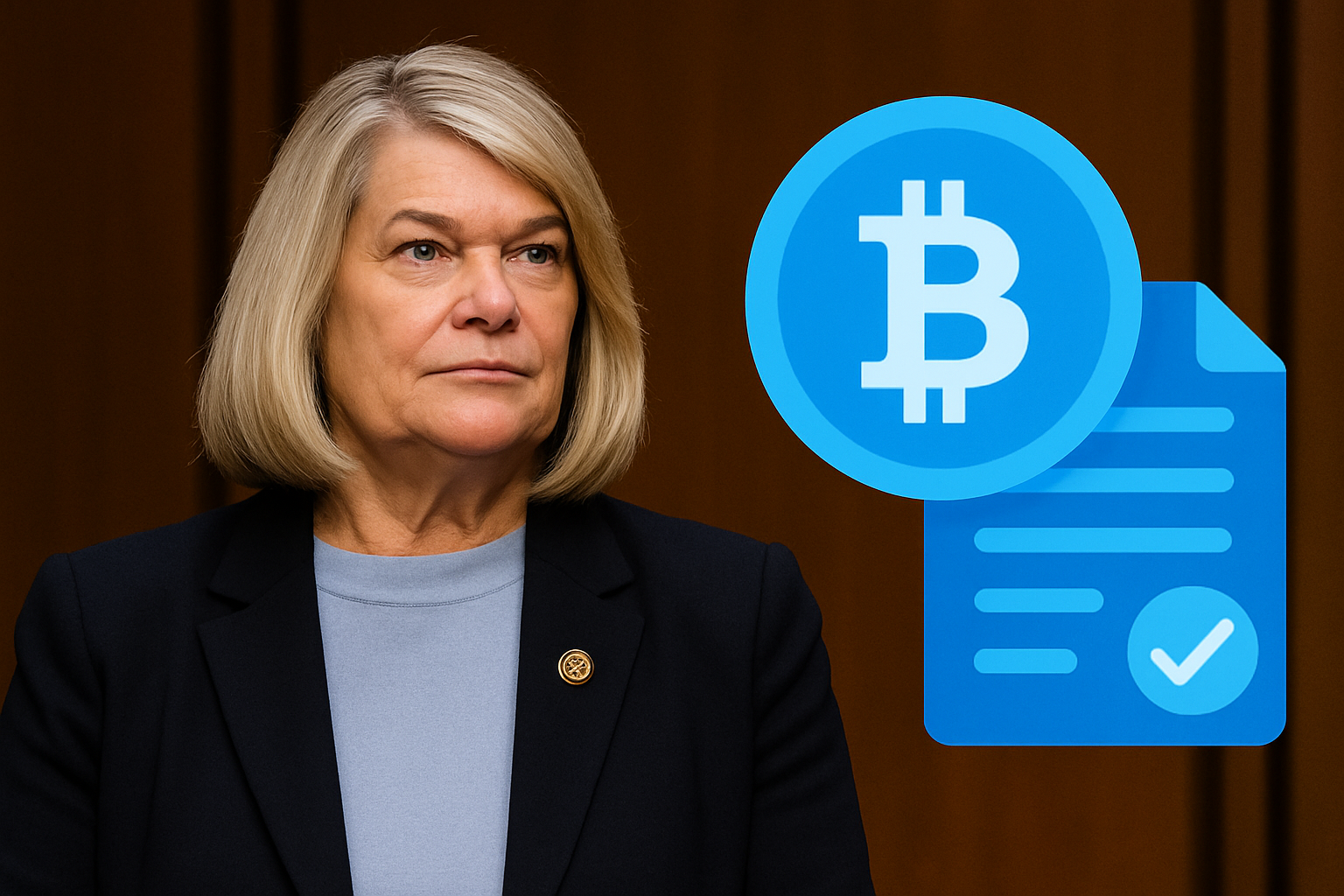Posted inCrypto Buying Methods Ecosystem News
How New Stablecoin Regulations in the US, UK, and Canada Will Impact Crypto Onboarding in 2025
Stablecoins have become the backbone of many crypto transactions, offering the stability of fiat currency with the efficiency and programmability of blockchain. But as adoption soared through 2023-2024, so did…






